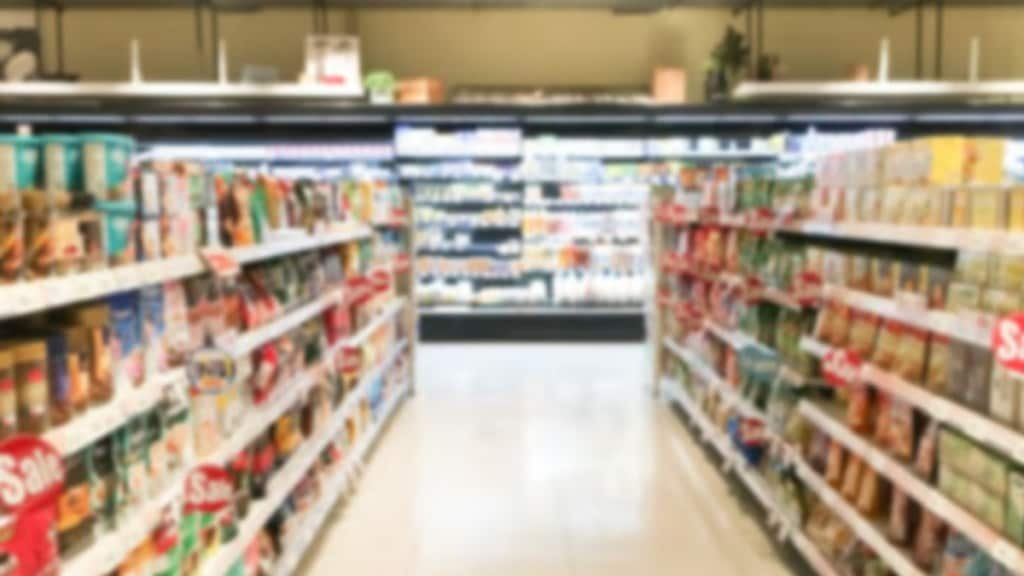It is not unusual for Laxmi General Stores in Vakola, Mumbai, to receive a steady stream of consumers asking for small packs of salt, atta, sugar, tea and biscuits.
“I get at least 70 such customers a day,” said owner Dinesh Gada. “They are regulars who buy staples in small packs of 50, 100 or 150 grams and settle their accounts once a month.”
The shop is one among the scores of mom-and-pop stores across the country that are the first choice of consumers for daily needs. Clearly, such kirana shops are holding their own even as the quick-commerce juggernaut has upended retail in big cities, attracting consumers wanting convenience and deliveries within minutes.
Research agencies such as Kantar estimate that 70-75% of the country’s grocery shoppers sit at the base of the pyramid, making micro purchases for their daily needs. The rest 30% are middle-income and premium shoppers who use a combination of offline and online channels, though upscale consumers are rapidly shifting to q-commerce for their grocery needs.
“While e-commerce household growth stands at 19% in the top nine metros, q-commerce household growth is at 31%,” said K Ramakrishnan, managing director, South Asia, Kantar Worldpanel.
“But the penetration of q-commerce is just a quarter (at 5.6%) of e-commerce’s penetration of 21.8% in the top nine metros,” Ramakrishnan added.
Even Blinkit CEO Albinder Dhindsa was candid recently during an earnings call when speaking about the value shopping at kirana stores and how mom-and-pop stores were geared to handle it. He insisted that his company, a q-commerce major owned by Zomato, was not taking away share from kiranas. Instead, there was a share shift from mid- and large-sized organised retail to q-commerce.
“The value-focused items available in kiranas are hard to replicate in our business, especially in staples where price sensitivity is higher. We don’t have the ability to sell open SKUs (stock-keeping units) or offer personalised commerce, an example being the ‘khata’ (purchase now and pay later) system that a brick and mortar can,” he said.
Recognising the value of such customers, FMCG brands responded by offering small packs. Parle Products, for instance, places `5, `10, `15 and `20 biscuit packs in traditional trade, while large packs are pushed into modern trade — e-commerce and q-commerce. “Such customers typically seek bite-sized packs for their staple requirements, are friendly with the grocers and depend on good credit terms from them when making payments,” said Krishnarao Buddha, senior category head at Parle Products.
Experts say the pressure to optimise inventory and delivery costs is also pushing q-commerce players to go after higher average order values (AOVs), implying that small and micro packs are not preferred by players operating within the channel. “Big is better in q-commerce, while small is big in kiranas,” said Shashank Randev, founder, 100X.VC, a venture capital firm.
A recent report by Bain & Company noted that leading Indian q-commerce players Zepto, Swiggy Instamart, Blinkit and BBNow have improved unit economics through a combination of scale, average order value growth, higher order density and value-added fees.
FMCG pack sizes in q-commerce, said Kantar, have doubled in the past one year in categories such as floor cleaners, breakfast cereals, handwash and healthy biscuits. Pack sizes of products such as washing liquids have nearly quadrupled in the past one year to address the need for big and better products in q-commerce.
Meanwhile, kiranas continue to be magnets for small consumers.

